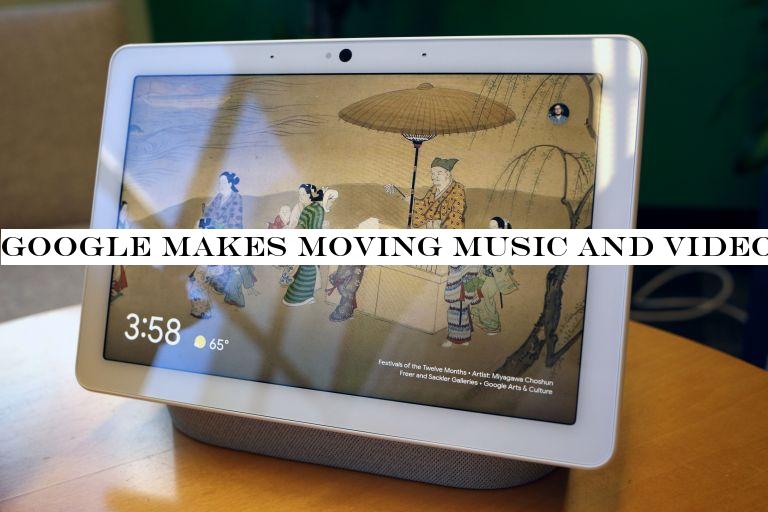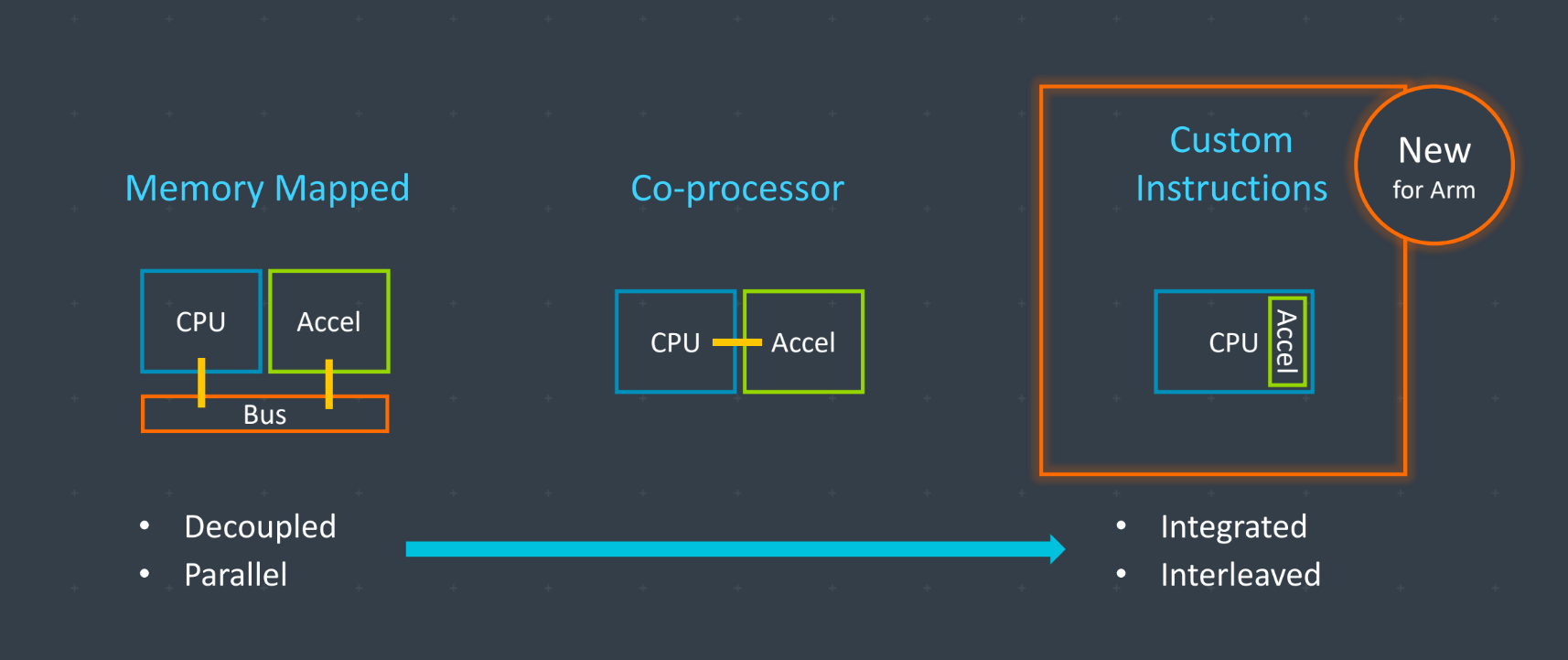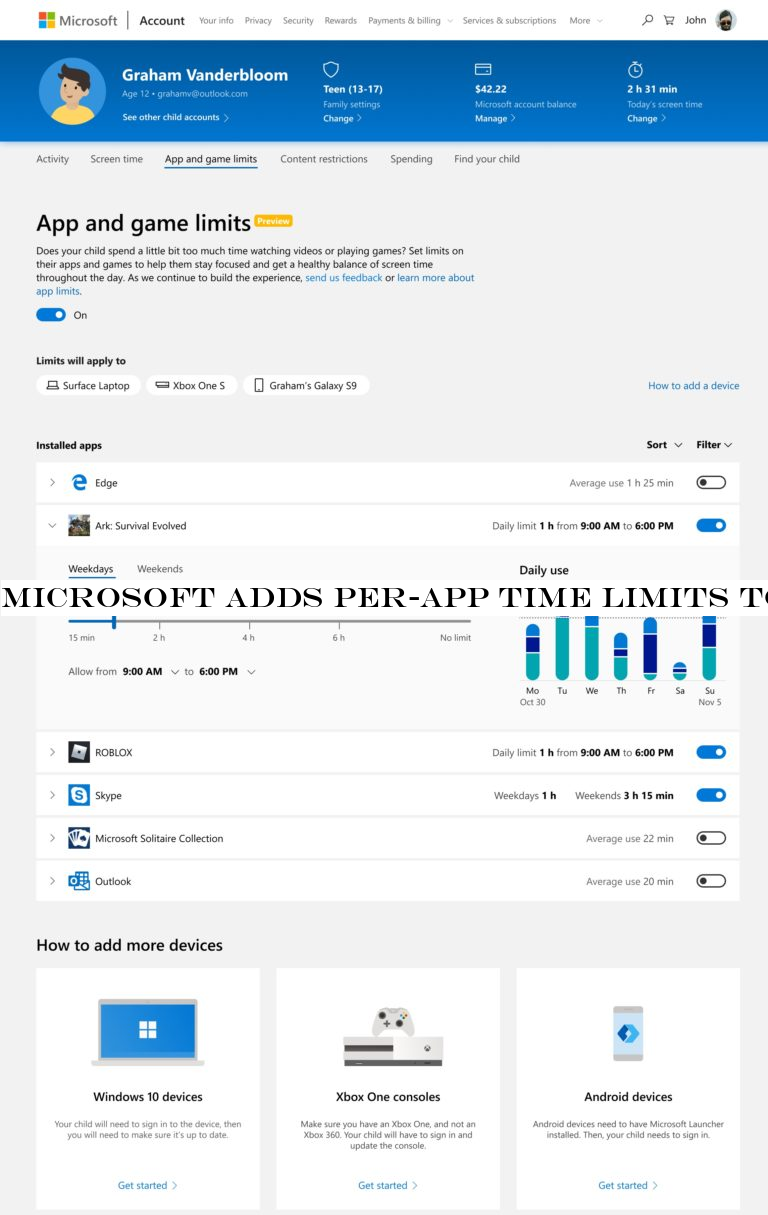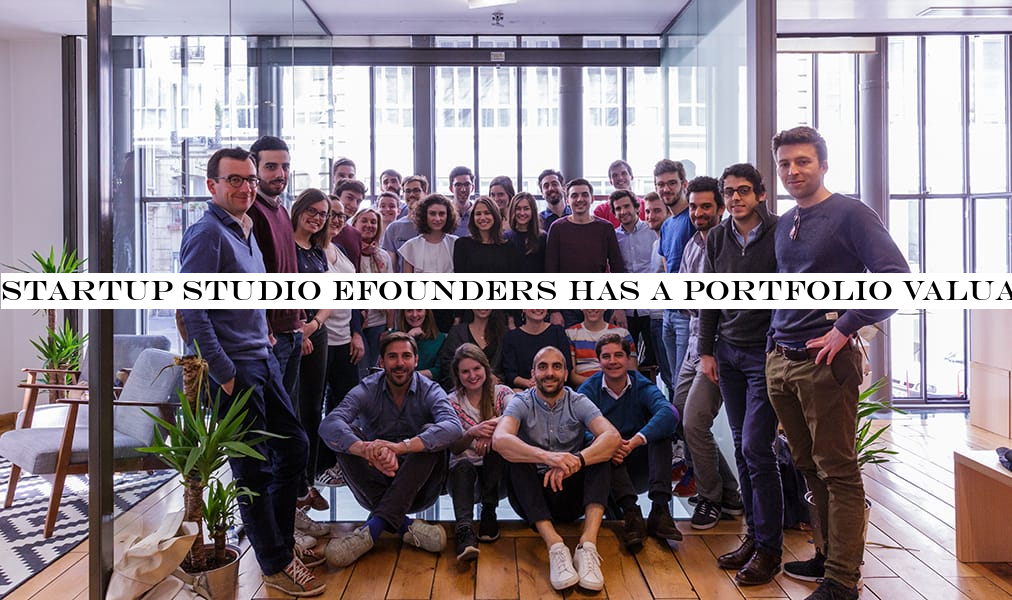Music
Trailers
DailyVideos
India
Pakistan
Afghanistan
Bangladesh
Srilanka
Nepal
Thailand
StockMarket
Business
Technology
Startup
Trending Videos
Coupons
Football
Search
Download App in Playstore
Download App
Best Collections
Technology

Nio delivered 4,799 vehicles in the third quarter, a 35.1% surge in sales and a positive development for the Chinese electric automaker that has been plagued by cost overruns, a voluntary battery recall and macroeconomic conditions such as declining passenger vehicle sales and reduced EV subsidies.
The company said Tuesday it also exceeded the middle point of its guidance range by 499 vehicles, or 11.6%.
The deliveries sent Nio shares up more than 9%. However, Nio shares, which were trading at $1.69 on Tuesday prior to the market close, are still down some 49% from just a month ago.
In the third quarter, Nio delivered 4,196 of its five-seater ES6 SUV and 603 of the ES8, its more expensive seven-seater premium electric SUV. As of September 30, 2019, aggregate deliveries of the companyES6 and ES8 reached 23,689 vehicles, of which 12,341 vehicles were delivered in 2019.
Nio founder, chairman and CEO William Li credited more &competitive retail prices& on the ES6 for contributing to the jump in deliveries. He added that the company began in October delivering ES6 and ES8 vehicles with an 84 kWh battery pack that extends their range to 316 miles and 276 miles, respectively. Li expects these longer-range vehicles to accelerate orders and deliveries in the fourth quarter.
Nio has struggled to hit its own guidance in previous quarters. Nio began deliveries of the ES8 in China in June 2018. And while deliveries initiallysurpassed expectations, they slowed in 2019. The company reported loss of $390.9 million in the first quarter. The rout continued in the second quarter when Nio reported a loss of $462 million.
Nio delivered 3,553 vehicles in the second quarter, a 7.9% decline from the first period of 2019.
Nioresponse to its dismal numbers has included shifting its vehicle production plans, reducing R-D spending and cutting thousands of jobs. The company plans to cut its workforce from 9,900 people down to 7,800 by the end of the third quarter, Li said in September when reporting its earnings. He also said there will be additional restructuring and some non-core businesses will be spun off by the end of the year.
In June, Nio faced a new problem when it voluntarily recalled nearly 5,000 of its ES8 high-performance electric SUVs after a series of battery fires in China and a subsequent investigation revealed a vulnerability that created a safety risk. The recall affected a quarter of the ES8 vehicles it has sold since they went on sale in June 2018.
Nio was able to complete its recall for the 4,803 ES8s by prioritizing battery manufacturing capacity for this effort. But that significantly affected production and delivery results, Li said at the time. Nio delivered just 837 electric vehicles in July.
But even before the recall, delivery numbers were down. Nio delivered 1,340 vehicles in June, 1,089 in May and 1,124 in April. Those numbers rebounded in September when Nio said it delivered 2,019 vehicles.
Itunclear if these rosier numbers signal the beginning of a broader turnaround for Nio, which has accumulated about $6 billion in losses since its founding in 2014. Sales of EVs in China continue to slide, a fall blamed on a reduction in subsidies.
- Details
- Category: Technology
Read more: After several disappointing quarters, Chinese EV maker Nio’s sales surge
Write comment (95 Comments)
Google today announced a small but nifty feature for the Google Assistant and its smart home devices that makes it easier for you to take your music and videos with you as you wander about the different rooms in your home.
&Stream transfer,& as Google prosaically calls it, allows you to simply ask the Assistant to move your music to a different speaker, or — if you have the right speaker group set up — to all speakers and TVs in your home. All you have to say is &Hey Google, move the music to the bedroom speaker,& for example. In addition to your voice, you also can use the Google Home app or the touchscreen on your Google Nest Home Hub.
This will work with any source that can play to your Chromecast-enabled speakers and displays.
Itall pretty straightforward — to the point where I&m surprised it took so long for Google to enable a feature like this. But maybe it just needed to have enough devices in peoples& homes to make it worthwhile. &Now that millions of users have multiple TVs, smart speakers and smart displays (some in every room!) we wanted to make it easy for people to control their media as they moved from room to room,& Google itself explains in todayannouncement.
- Details
- Category: Technology
Read more: Google makes moving music and videos between speakers and screens easier
Write comment (90 Comments)At its annual TechCon event in San Jose, Arm today announced Custom Instructions, a new feature of its Armv8-M architecture for embedded CPUs that, as the name implies, enables its customers to write their own custom instructions to accelerate their specific use cases for embedded and IoT applications.
&We already have ways to add acceleration, but not as deep and down to the heart of the CPU. What we&re giving [our customers] here is the flexibility to program your own instructions, to define your own instructions — and have them executed by the CPU,& ARM senior director for its automotive and IoT business, Thomas Ensergueix, told me ahead of todayannouncement.
He noted that Arm always had a continuum of options for acceleration, starting with its memory-mapped architecture for connecting over a bus GPUs and todayneural processor units. This allows the CPU and the accelerator to run in parallel, but with the bus being the bottleneck. Customers also can opt for a co-processor thatdirectly connected to the CPU, but todaynews essentially allows Arm customers to create their own accelerated algorithms that then run directly on the CPU. That means the latency is low, but itnot running in parallel, as with the memory-mapped solution.

As Arm argues, this setup allows for the lowest-cost (and risk) path for integrating customer workload acceleration, as there are no disruptions to the existing CPU features and it still allows its customers to use the existing standard tools with which they are already familiar.
 For now, custom instructions will only be available to be implemented in the Arm Cortex-M33 CPUs, starting in the first half of 2020. By default, it&ll also be available for all future Cortex-M processors. There are no additional costs or new licenses to buy for Armcustomers.
For now, custom instructions will only be available to be implemented in the Arm Cortex-M33 CPUs, starting in the first half of 2020. By default, it&ll also be available for all future Cortex-M processors. There are no additional costs or new licenses to buy for Armcustomers.
Ensergueix noted that as we&re moving to a world with more and more connected devices, more of Armcustomers will want to optimize their processors for their often very specific use cases — and often they&ll want to do so because by creating custom instructions, they can get a bit more battery life out of these devices, for example.
Arm has already lined up a number of partners to support Custom Instructions, including IAR Systems, NXP, Silicon Labs and STMicroelectronics .
&Armnew Custom Instructions capabilities allow silicon suppliers like NXP to offer their customers a new degree of application-specific instruction optimizations to improve performance, power dissipation and static code size for new and emerging embedded applications,& writes NXPGeoff Lees, SVP and GM of Microcontrollers. &Additionally, all these improvements are enabled within the extensive Cortex-M ecosystem, so customers& existing software investments are maximized.&
In related embedded news, Arm also today announced that it is setting up a governance model for Mbed OS, its open-source operating system for embedded devices that run an Arm Cortex-M chip. Mbed OS has always been open source, but the Mbed OS Partner Governance model will allow ArmMbed silicon partners to have more of a say in how the OS is developed through tools like a monthly Product Working Group meeting. Partners like Analog Devices, Cypress, Nuvoton, NXP, Renesas, Realtek, Samsung and u-blox are already participating in this group.
- Details
- Category: Technology
Read more: Arm brings custom instructions to its embedded CPUs
Write comment (100 Comments)Microsoft is following Apple and Googlelead with todaylaunch of per-app and per-game time limits in its parental control software. Already, the company allows parents to limit screen time across Windows 10, Xbox One and Android via the Microsoft Launcher. However, it hadn&t yet allowed parents to limit the amount of time a child could spend in a specific app or game, as its competitors do.
Instead, its existing controls allowed parents only to dole out a set amount of hours of screen time. Parents could choose to either leave the time up to the kids to manage, or limit it at the device level — like, only allowing one hour of Xbox time but permitting more screen time on the PC, for example.
However, the current trend in screen time management is not to approach all screen time as unproductive and unhealthy. Instead, itabout configuring limits on the more addictive apps and games that eat up increasing amounts of childrentime, while permitting educational tools to have fewer limits.
For older kids and teens, social media apps like TikTok or Instagram could be the culprit, while younger kids may just be spending too much time &hanging out& in virtual worlds like Roblox and Fortnite. Problems on this front have gotten pretty bad. Mobile games are under fire for using gambling tactics like loot boxes to engage children. And Fortnite is now the subject of a lawsuit that claims that, in part, the gameaddictive nature is due to its use slot machine-like mechanics and variable reward systems, which manipulate childrenbrains.
Without being able to limit these apps directly, kids may end up using all of their allotted screen time on just the one app or game they&re obsessed with at the moment.
Apple had already allowed per-app time limits with the launch of its screen time controls in iOS 12. And Google more recently updated its own Family Link software, now preinstalled on new Android devices, to include a similar feature.
With todayupdate, Microsoft is now on board, too.

The new app and game limits parents set will apply across Windows 10, Xbox and Android devices running Microsoft Launcher. In other words, kids can&t get more game time just by switching devices.
The controls also allow parents to offer more screen time on certain days — like weekends, for instance — than others.
To use this feature, parents will need to create a family group and make Microsoft accounts for all the kids.
Once enabled, kids will get a warning about their screen time 15 minutes before the limit is reached, and then again at five minutes. Because kids will often beg for a few more minutes, Microsoft made it easy for parents to grant or deny more time via email or via a Microsoft Launcher notification on their own Android phone.
The per-app time limits are launching today in preview within Microsoftexisting family settings.
&Ultimately, our goal is for the app and game limits feature to provide flexible and customizable tools to meet each familyunique needs,& the company explains in an announcement. &You as parents know whatbest for your children — no technology can ever replace that — but we&re hoping these tools can help you to strike the right balance,& it says.
- Details
- Category: Technology
Read more: Microsoft adds per-app time limits to its parental controls
Write comment (90 Comments)
European startup studio eFounders has shared some metrics about its portfolio companies. The startup studio has launched 23 companies with a focus on software-as-a-service enterprise products.
While eFounders might not be a familiar name, some of the companies in its portfolio have become promising startups with impressive growth, such as Front, Aircall, Forest, Spendesk, Mailjet and others. Front is also company No. 85 in Y Combinatorlist of top 101 companies of all time.
And the big new metric is that the total valuation of all 23 companies has now reached $1 billion. Of course, eFounders is just a shareholder in those 23 companies, so eFounders itself isn&t a unicorn. But itstill an impressive number.
At the end of 2018, eFounders& portfolio valuation was at $541 million. At the end of 2017, the same metric was at $385 million.
Overall, eFounders companies have raised $254 million from VC funds and business angels, and employ 1,000 people, mostly in Paris, San Francisco and New York. And when you add up the annual recurring revenue of all those startups, they generate $107 million in ARR together.
If you don&t know the eFounders model, itquite simple. At first, the core eFounders team comes up with an idea and hires a founding team. In exchange for financial and human resources, the startup studio keeps a significant stake in its startups.
After a year or two, startups should have proven that they can raise a seed round and operate on their own. This way, eFounders can move on to the next project and start new companies. Up next, eFounders is already working on five new companies.
- Details
- Category: Technology
Read more: Startup studio eFounders has a portfolio valuation of $1 billion
Write comment (93 Comments)Microsoft CEO Satya Nadella, delivering the keynote at the Microsoft Government Leaders Summit in Washington, DC today, had a message for attendees to maintain user trust in their tools technologies above all else.
He said it is essential to earn user trust, regardless of your business. &Now, of course, the power law here is all around trust because one of the keys for us, as providers of platforms and tools, trust is everything,& he said today. But he says it doesn&t stop with the platform providers like Microsoft. Institutions using those tools also have to keep trust top of mind or risk alienating their users.
&That means you need to also ensure that there is trust in the technology that you adopt, and the technology that you create, and thatwhatgoing to really define the power law on this equation. If you have trust, you will have exponential benefit. If you erode trust it will exponentially decay,& he said.
He says Microsoft sees trust along three dimensions: privacy, security and ethical use of artificial intelligence. All of these come together in his view to build a basis of trust with your customers.
Nadella said he sees privacy as a human right, pure and simple, and itup to vendors to ensure that privacy or lose the trust of their customers. &The investments around data governance is whatgoing to define whether you&re serious about privacy or not,& he said. For Microsoft, they look at how transparent they are about how they use the data, their terms of service and how they use technology to ensure thatbeing carried out at runtime.
He reiterated the call he made last year for a federal privacy law. With GDPR in Europe and CaliforniaCCPA coming on line in January, he sees a centralized federal law as a way to streamline regulations for business.
As for security, as you might expect, he defined it in terms of how Microsoft was implementing it, but the message was clear that you needed security as part of your approach to trust, regardless of how you implement that. He asked several key questions of attendees.
&Cyber is the second area where we not only have to do our work, but you have to [ask], whatyour operational security posture, how have you thought about having the best security technology deployed across the entire chain, whether iton the application side, the infrastructure side or on the endpoint, side, and most importantly, around identity,& Nadella said.
The final piece, one which he said was just coming into play, was how you use artificial intelligence ethically, a sensitive topic for a government audience, but one he wasn&t afraid to broach. &One of the things people say is, ‘Oh, this AI thing is so unexplainable, especially deep learning.& But guess what, you created that deep learning [model]. In fact, the data on top of which you train the model, the parameters and the number of parameters you use — a lot of things are in your control. So we should not abdicate our responsibility when creating AI,& he said.
Whether Microsoft or the U.S. government can adhere to these lofty goals is unclear, but Nadella was careful to outline them both for his companybenefit and this particular audience. Itup to both of them to follow through.
- Details
- Category: Technology
Read more: Nadella warns government conference not to betray user trust
Write comment (90 Comments)Page 691 of 5614

 10
10





